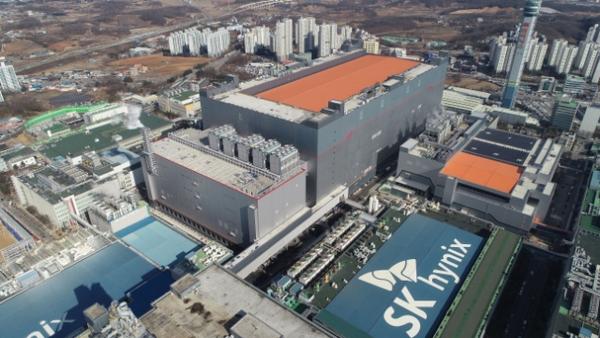March 2025 Industrial Production Sees Growth Thanks to AI Semiconductors
For the second consecutive month, industrial production in March 2025 experienced growth, primarily fueled by a significant uptick in artificial intelligence (AI) semiconductor production. Despite this positive trend, key indicators of domestic economic health, including consumption and facility investment, saw declines.

According to Statistics Korea's "March Industrial Activity Trends" report, the all-industry production index reached 114.7 (2020=100), marking a 0.9% increase from February. This follows a 1.0% rise in February, after a 1.6% decrease in January. The first quarter of 2025 also saw a 0.2% growth, continuing the positive trend from the previous quarter.
Sector-Specific Performance Highlights
The semiconductor production index hit a record high of 201.0, with production and shipments increasing by 13.3% and 19.8% respectively, while inventories decreased by 9.9%. Pharmaceuticals also saw an 11.8% increase in production. Conversely, sectors like petroleum refining, machinery and equipment, and metal processing faced challenges with declining production rates.
Service sector production dipped by 0.3%, with notable declines in wholesale and retail, and finance and insurance. Year-over-year, industries closely tied to daily life, such as accommodation and food services, and arts, sports, and leisure-related services, continued to show signs of recession.
Consumption and Investment Trends
The retail sales index, a key indicator of goods consumption, fell by 0.3%, with durable goods like communication devices and computers seeing an 8.6% drop. This was partly due to the early payment of electric vehicle subsidies in February and the release of new products such as the Samsung Galaxy S25.
Facility investment decreased by 0.9%, with mixed performance across sectors. While transportation equipment investment grew by 3.4%, machinery investment fell by 2.6%. Construction completions also declined by 2.7%, affecting both civil engineering and building construction sectors.
Economic Indicators and Future Outlook
The composite coincident index's cyclical component rose by 0.3 points to 98.8, marking two consecutive months of growth. Similarly, the composite leading index's cyclical component increased by 0.2 points to 100.6. However, Statistics Korea officials advise caution, noting it's too early to declare a trend reversal in the economy.








Comments